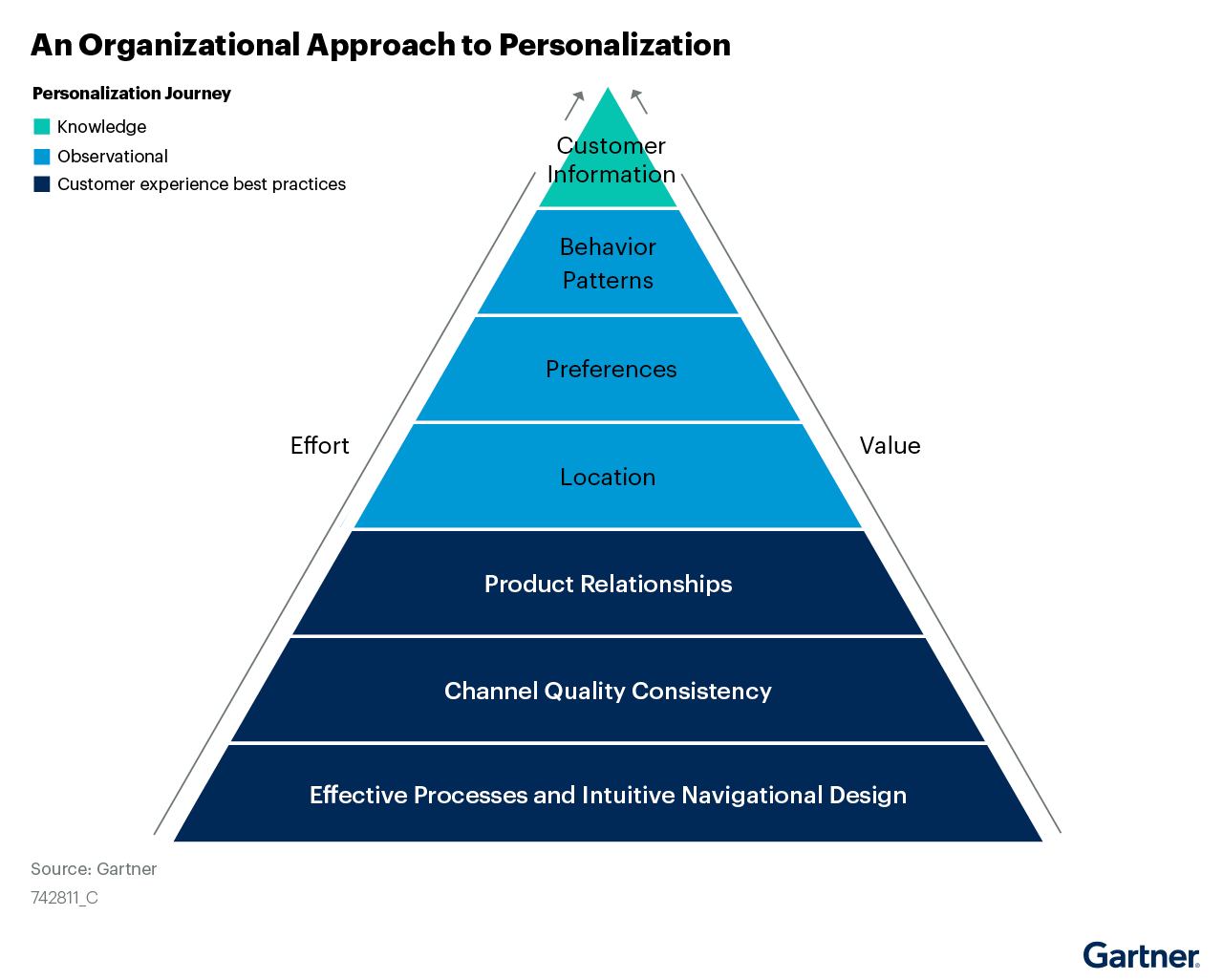Whenever I browse through the feed of the ecommerce app I use, I’m presented with ads that fall into the same category as the item I last looked at. Often, those ads are for musical instruments. But sometimes I wonder: shouldn’t it show me more items from categories that I’ve actually purchased from? After all, if I’ve spent real money on home decor, should I not be served more ads for furniture and decorative items than for musical instruments?
As a marketer, this is a hyper-personalization failure. The app is looking at my real-time browsing but not my real-time spending.
Salesforce shows that 66% of consumers expect companies to understand their unique needs, and 52% expect all offers to be personalized.* And according to McKinsey, 71% of consumers expect companies to deliver personalized interactions. And 76% get frustrated when this doesn’t happen.*
Count me among the 76%.
Personalization is the key to a delightful customer experience. But if it’s not tied to past behavior, as well as a user’s real-time actions, you may be missing a tremendous opportunity to market to a user who has both the budget and the prior history to become a repeat customer.
So how do we create effective hyper-personalization campaigns? What processes need to be in place to foster a corporate culture that serves up what consumers want?
Effective Personalization Begins With…
A recent report from Gartner®—Quick Answer: How Can I Use Personalization Most Effectively in Digital Commerce?—outlines two essential components necessary to enable personalization, namely:
Analytics: You’ve got to be able to measure everything from the number of website visits and time spent on the app, all the way to app stickiness and how long it typically takes for a user to make a purchase. You can’t improve what you can’t measure.
Data Management: You need to store the data you’ve collected on a user so you can create a personalized customer experience from it. This is where my ecommerce app should be sending me push notifications on the latest deals on home office decor or frying pans because I’ve spent money on homegoods and cookware. This is also where AI and ML come into play—because you should be able to scale that personalized experience to millions of users.
What You Need to Deploy Personalization
Let’s say you’ve got the infrastructure in place. What’s next?
Use the Gartner Organizational Approach to Personalization
This graphic** succinctly captures the best way to structure your personalization effort. 
Begin with knowledge. What do you already know about the customer? Name, phone number, perhaps even age, address, and email. This takes the most amount of effort to get, but is the data that delivers the most value.
Below that, there is the observational data.
- What browsing or buying patterns are being exhibited by the user?
- What categories have been searched for and what items have been favorited?
- Where is the user? And how does this affect the customer profile and the corresponding segment they’re in?
And also, look at CX best practices.
Customer Experience (CX) Best Practices
No matter how good your martech stack is, you won’t get far without nurturing and enforcing CX best practices in your company.
A summary of some of the best practices from our blog post:
- Gather data: via analytics as well as asking for direct customer feedback
- Segment users: so you can target users with messages that match their behavior within your app and website (bonus points if this is done via AI)
- Give consistent omnichannel experiences: to ensure your brand is recognizable on any channel—from social media to broadcast media, from app to website
- Look at product relationships: find ways to upsell or cross-sell your goods and services
- Evaluate your UI and all touchpoints: to ensure your interfaces are easy to use and your processes all work
- Look at effectivity of channels: make sure you’re not spending too much on a channel that gives you low quality leads
Read More
There’s much more work that needs to go into building and running a complete hyper-personalization process. But for a more complete picture on effectively using personalization in ecommerce:
Note: **This graphic was published by Gartner, Inc. as part of a larger research document and should be evaluated in the context of the entire document. The Gartner document is available upon request from: https://clevertap.com/effective-personalization-in-digital-commerce/.

Subharun Mukherjee 
Heads Cross-Functional Marketing.Expert in SaaS Product Marketing, CX & GTM strategies.
Free Customer Engagement Guides
Join our newsletter for actionable tips and proven strategies to grow your business and engage your customers.














































